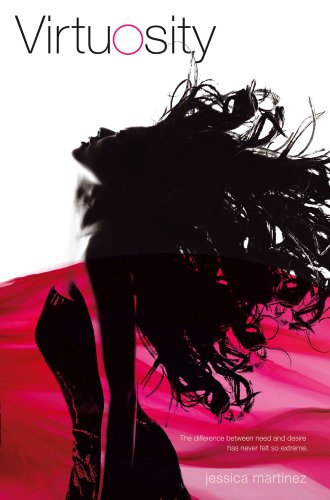Tags: YA, contemporary, grief, teen pregnancy, adoption
Summary
Jill MacSweeney thinks that her mother’s way of dealing with her father’s death—adopting a baby—is absurd. After all, you can’t replace a lost loved one with a new person. And someone else’s arrival precedes the baby’s—Mandy, the teen mom. Mandy has had a rough life, and living with the MacSweeneys in the weeks before she gives birth feels like paradise—although knowing that it won’t last definitely puts a damper on it. Can these two hurting teens, coming from such different backgrounds, find a way to accept, and maybe even love, one another as their lives intertwine in hurt, grief, and hope?
Review
I’m kind of ashamed to admit that, when it comes to Sara Zarr’s novels, I appreciate them as good literary examples, but otherwise don’t often connect with them as much as I feel I should.
HOW TO SAVE A LIFE is no exception. Once again, Sara Zarr elevates the writing of a common yet controversial topic to a literary level, but falls short of the emotional connection I need to consider books and authors my favorites.
HOW TO SAVE A LIFE’s strength lies not in a flowing plot, but rather in the inner thoughts of the characters. Thus, this book will work better for you if you like character-driven novels. Just to make it straight, I like strong and well-developed characters as much as anyone, but I admit to being disappointed when character-driven novels come at the expense of real plot. And this book has a lot of inner monologue, but not much plot. Jill and Mandy are fine main characters if you like ‘em passively angsty and full of inner monologue. But really, the plot—or the lack thereof—really drags. Jill goes to school and angst with her faux-friends, and Mandy stays at home and angsts. Fun times.
The truth of the matter is that I feel like
HOW TO SAVE A LIFE attempts to do so much more than it actually ends up doing. There’s a POC love interest, an unusual family situation, teen pregnancy, abuse, the ending of a relationship…but I never felt the full power or emotions that each one of these deserves. In short, I felt like this book tackles YA clichés without much oomph behind it.
Some character-driven novels with little to no plot can make me climb on top of tables and blast-sing its praises (see: Melina Marchetta);
HOW TO SAVE A LIFE, however, kind of just made me hum a little, under my breath. I recognize that my appreciation-but-not-love for this book is totally a personal thing, because the majority of people have loved and probably will love this book. Just putting another point of view out there, for any fishies who want to bite.
Similar Authors
Elizabeth Scott
Cover discussion: The scene makes some more sense after reading the book. However, I can't get past that stupid song by The Fray every time I think about this book or see its cover...
Little, Brown / Oct. 18, 2011 / Hardcover / 352pp. / $17.99
Review copy requested from NetGalley.
Interview with Sara Zarr
1. What was the very first scene, character, predicament, etc. that came to you when you started writing HOW TO SAVE A LIFE?
This book actually started with a writing prompt from
NAMING THE WORLD, a great book on craft edited by Bret Anthony Johnston. The initial scene, from the prompt, was basically what became the first chapter - Jill waiting, with her mother, for the train that brings a pregnant teenager, Mandy, into their lives. When I went back to that exercise months and months later, I thought, "Hey, this is a story!" I had questions: Why did Jill's mother want to adopt, at her age? What did Jill think about it? Why didn't Mandy want to keep the baby, and what were the circumstances of its conception? The story unfolded from there.
2. Which character in HOW TO SAVE A LIFE do you relate to best?
Anyone who knows me will see a lot of Sara in Jill. In my late teens and early twenties, especially, I was very sarcastic and impatient, and intolerant of people, and all of that was a mask for pain and insecurity. I wanted to keep people at a certain distance to avoid any mess or potential loss or abandonment.
3. Would you consider writing in a different fictional genre? What other genres appeal to you as a writer?
There are a lot of things I'd like to try, including adult fiction, screenwriting, short fiction. Maybe even something fantastical or historical if I had the right idea.
4. What was the best piece of writing advice you ever received?
I'm not great at answering questions about "bests", but here's a good, practical piece of advice I almost always heed: leave off every writing session in the middle of a scene or, even better, the middle of a sentence. That takes care of the momentum or blank page problem that can keep so many of us from getting our work done.
5. Current guilty pleasure(s)?
I try not to feel too guilty about any pleasure, but I think a lot of people I know would frown upon my love of country radio.
-
Thanks for answering my questions, Sara, and thanks to Ames for setting up this blog tour. The next stops on the tour are:
10/19 -
largeheartedboy.com
10/20 -
foreveryoungadult.com
10/21 –
hookedtobooks.com
10/24 –
chasingray.com
Hope you check them out in the next few days!























